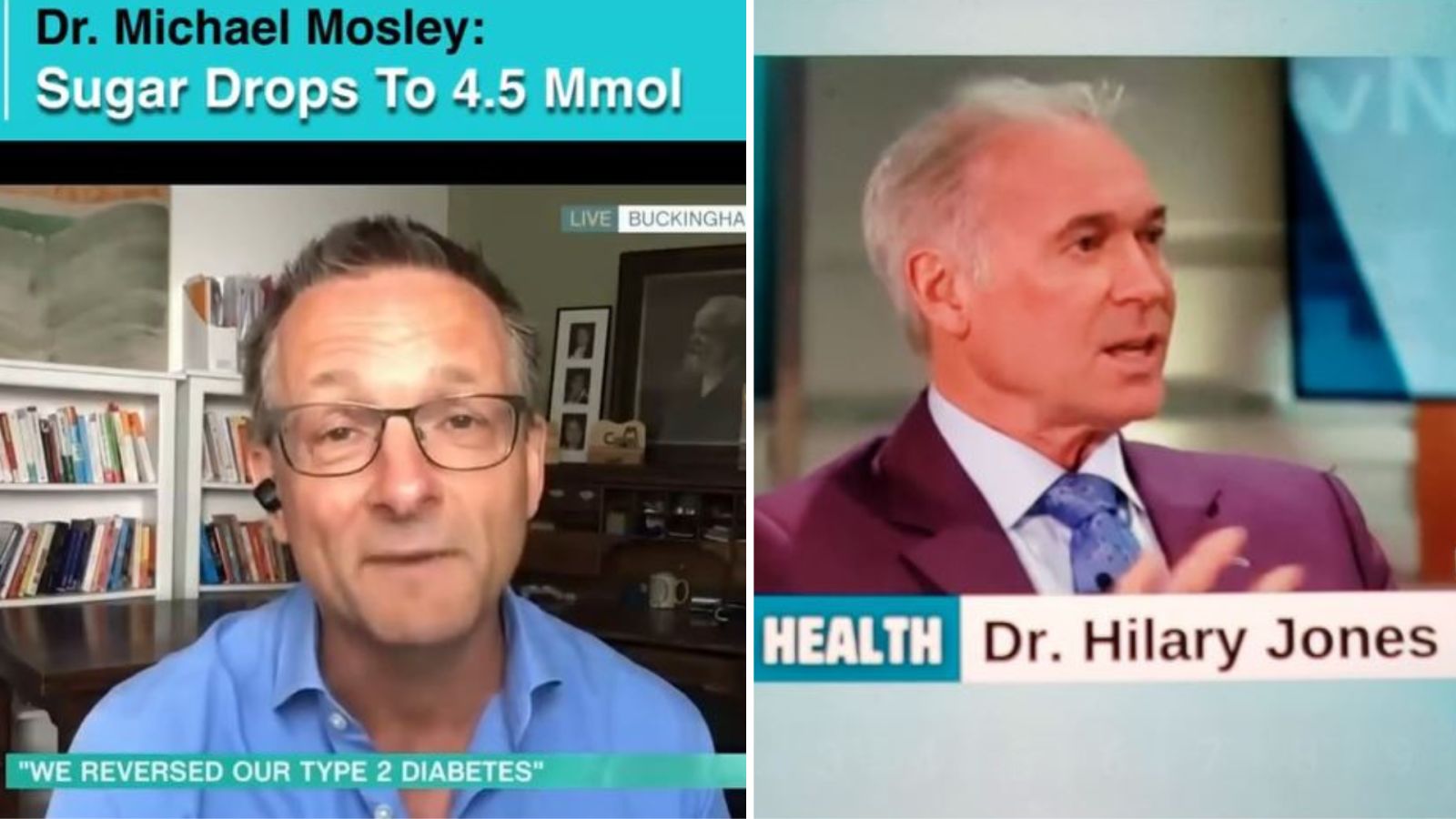
In the fields of television and media, there have always been medical experts. These “TV doctors” seem to pop up everywhere, from talk shows to news segments, providing insight, advice, and even occasionally pitching health products. Quite frequently, audiences simply take for granted that the individuals who appear before them are actual medical professionals with actual credentials. However, over the last couple of years, a concerning trend has emerged that raises doubts about the validity and professionalism involved in these appearances: deepfake technology.
How TV Doctors Rose to the Challenge
TV doctors are not something new. Indeed, for many years, medical experts have appeared on screen, explaining health matters, commenting on the latest treatments, and analyzing medical breakthroughs. Such exposure is seen variously as serving the purpose of public education, dispelling myths, and raising health awareness.
Part of it, according to Dr. Emily Clarke, a board-certified physician who regularly appears on morning talk shows, is that “TV doctors have a platform from which they can reach a wide audience. We can discuss very important health issues in ways accessible and relatable to viewers, hence helping them in making informed decisions about their health.”
Many of these TV doctors make use of their expertise to promote different health products or services, providing added credibility to brands that hope to cash in on that authority and trust.
The Arrival of Deepfake Technology
Deepfake technology—broken down, that means “deep learning” and “fake”—really has taken the digital world to a different dimension. Artificial intelligence is used to come up with images, videos, or audio recordings of people, usually celebrities or public figures, very credible yet false. Though developed initially for entertainment and creative purposes, deepfakes have increasingly been used for malicious intentions like misinformation and fraud.
“Deepfakes are exceptionally sophisticated,” says Dr. Alan Thompson, a computer scientist specialized in artificial intelligence. “Deep learning algorithms work on facial expressions, voice patterns, and even body expression that can make manipulation hard to distinguish between real and fake.”
Unveiling the Deepfake Scam
Deepfakes have been rampant on television and in the media fraternity within the last two years, and therefore risk automatically undermining the credibility of TV doctors. Scammers have used deepfakes in faking medical professionals to produce credible videos purporting to show some sort of dodgy health product or treatment endorsed by genuine experts.
Dr. Clarke vividly remembers a deepfake of herself: “I remember getting messages from viewers asking about a video where I supposedly endorsed some miracle weight-loss pill. Of course, that had never happened because I had never discussed such products on air.”
This deepfake video superimposed the likeness of Dr. Clarke onto the body of an actress, delivering a scripted endorsement that, to viewers who didn’t know better, was real. The video spread like wildfire through social media, drawing interest from concerned viewers and leading to an inquiry into its origin.
Ethical and Legal Implications
The rise of deepfake scams has profound ethical and legal concerns. Medical professionals such as Dr. Clarke say it’s a reason to be more careful with issues of trust and integrity when appearing in the media.
“Our credibility is paramount,” she says. “As medical professionals, we have a duty to provide accurate information and protect the public from misinformation.”
The use of deepfake technology in scamming consumers is a runaway effect in the erosion of trust in the media by peddling products that are not proven or harmful to public health. Regulatory bodies and law enforcers find themselves more and more in the dilemma of how to crack down on deepfake scams.
“Legislation is catching up with deepfakes’ misapplications,” said John Reynolds, an attorney experienced in digital media. “It has, however, been tough to enforce with the fast pace of technological change and the worldly reach of online services.”
Battling Deepfake Scams
Media companies and tech firms are taking measures to detect and curb the reach of misleading content in response to the rising deepfake fraud threat.
“Detection algorithms are getting more sophisticated,” says Dr. Thompson. “We’re using machine learning techniques to pick up on really subtle inconsistencies in videos that could suggest manipulation.”
However, social media networks and video-sharing sites have announced a change in policy stating that deepfakes would not be allowed without marking them as such. Thus, users can report such content and hence prevent the spread of such videos.
Role of Education and Awareness
Public education is also an integral component of countering deepfake technology abuse. Dr. Clarke says there is a need for viewers to have media literacy and critical thinking when viewing content.
“Consumers should be vigilant,” she says. “Check the credibility of sources and question content that seems too good to be true.”
Given that deepfake potentials are becoming big in use for fraudulent activities, educational campaigns and efforts to spread awareness about deepfakes are in process, therefore empowering people to identify possible scams. Media literacy programs in schools, community outreach, and other such efforts aim at equipping the public with knowledge to sail through an increasingly digital and complicated media landscape.
Preserving Trust and Integrity
It becomes more important than ever to build trust and to guard against loss of integrity as TV doctors play an increasingly vital role in health communication. Dr. Clarke and her colleagues take their ethical responsibility seriously to ensure current information is given to the viewers.
“We’re sailing through treacherous waters,” said Dr. Clarke, a self-described optimist. “But through continued vigilance and a powerful advocacy for responsible media practices, we can preserve public trust and protect our profession.”
It is a collective responsibility—the war on deepfake frauds—from tech developers, lawmakers, and media professionals. With the advancement of the fields involved in detection and regulation of deepfakes, it is hoped to be able to reduce a lot of deceiving content, leaving trustworthy voices in television and media intact.
Conclusion: Navigating a Digital Era
In other words, deepfake technology has thrown up a number of thorny problems for the media industry, particularly in health communication. Any television doctor, upon being recognized as an authority and expert, has the likelihood of his likeness and reputation getting misused.
It is now time for regulatory frameworks and ethical codes to catch up with the technology, in order to guard against deepfake scams. Unless transparency through media literacy and calls for responsible practices are rendered by the stakeholders as a whole, it would be very hard to fight misinformation and retain trust in this strongly and ever-growing digital age.
Dr. Clarke still reflects on the resilience of her profession amidst these challenges: “As medical professionals, it is our commitment to truth and the welfare of the patient that guides us. Together, we can pave this path through the digital landscape with integrity and make sure that voices of experience still have a say in empowering.”
It is this deepfake scam that so richly attests to the serious cautionary tales and demands for action in this changing world of television and the media as to the need for authenticity, ethics, and accountability in health communication and beyond.
Read More News – Click Here
